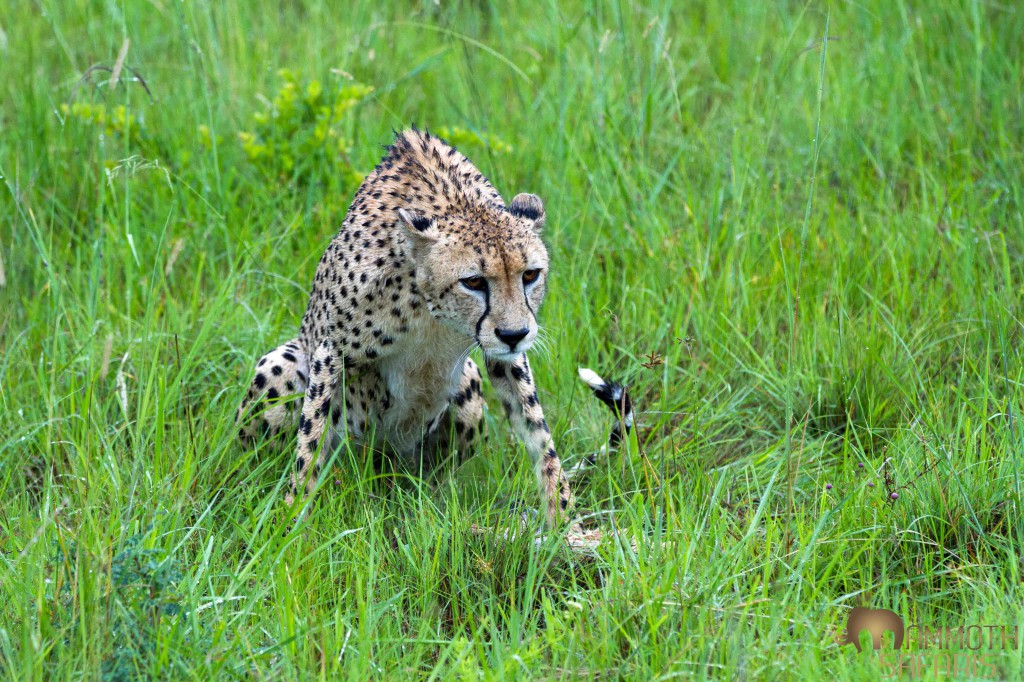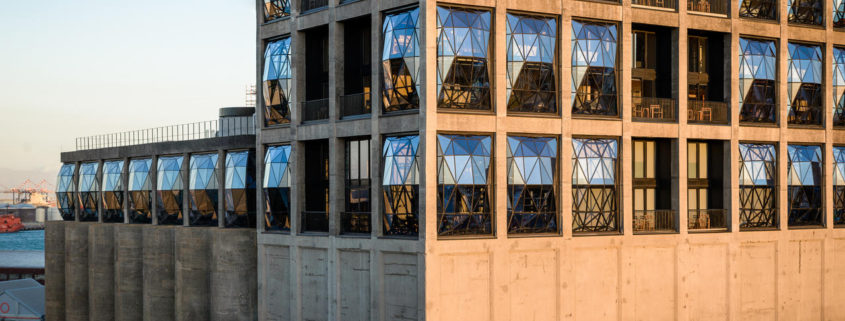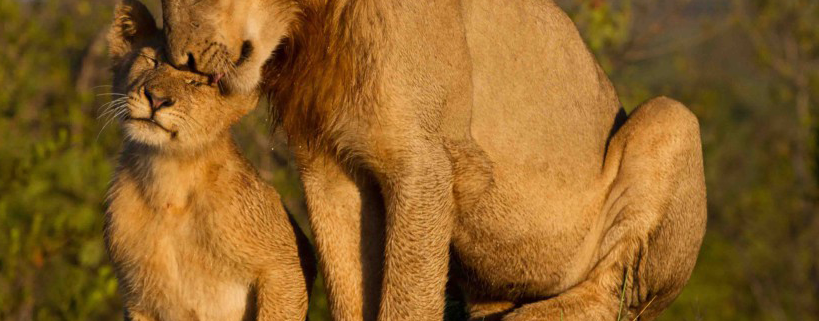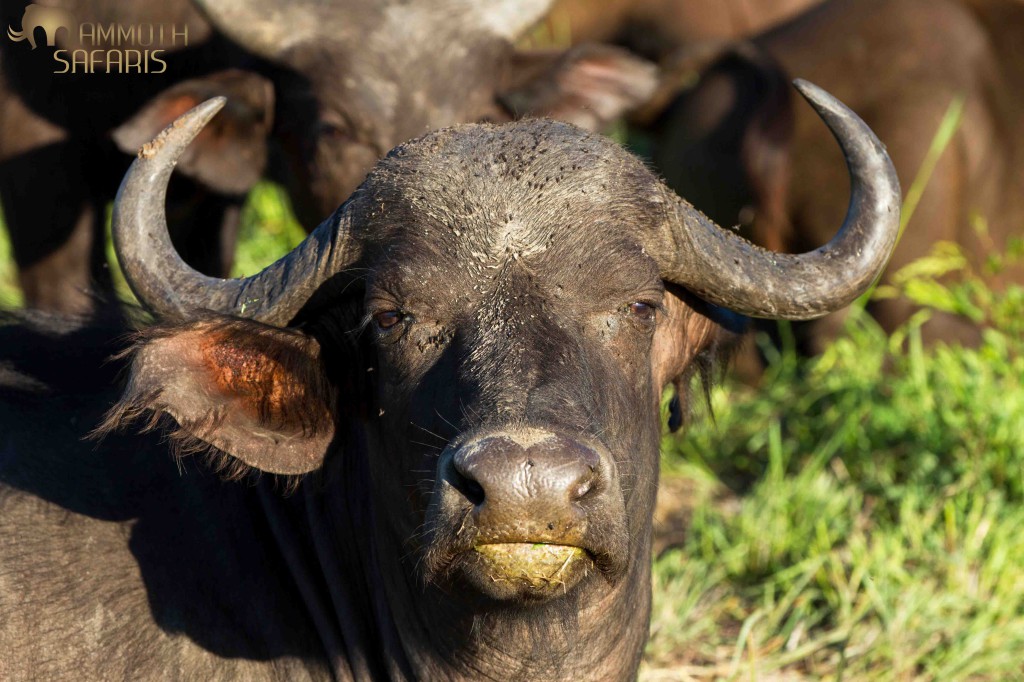Posts
Brilliant Botswana – the Okavango Delta delivers…
Southern African Wildlife College
The Southern African Wildlife College (SAWC) was conceptualized in 1993 and established in 1996 by the World Wide Fund for Nature, South Africa (WWF South Africa) in close cooperation with interested and affected parties in southern Africa, including national and provincial government departments, other conservation agencies and the Southern African Development Community (SADC).
Since its inception, and with the support of WWF-SA and Peace Parks Foundation, the College has trained over 14,000 people from 46 countries, but mostly from countries in the SADC region, in natural resource management and conservation practices. By expanding its reach and becoming involved in training ventures and projects off-site, the College has also capacity-built over 2000 previously disadvantaged South Africans.
Through conservation education, training and skills development, the Southern African Wildlife College seeks to give protected area managers the motivation and skills they need to become partners in saving our continent’s natural heritage. All training comprises theory as well as practical skills and has been developed in close collaboration with conservation agencies and, where relevant, community participation.
The College also works closely with various qualification authorities and other training institutions to ensure that the students have maximum flexibility of career path. As an accredited HET and FET training institute, the College has aligned its curricula with the standards of the South African Qualification Authority (SAQA) and the National Qualifications Framework to ensure both national and international recognition.
By providing the high standards of professional and technical training that allows natural resource managers to manage their areas within the stated conservation objectives in cooperation with local communities, the College and its donors are helping to ensure that our natural resources are managed in an equitable and sustainable manner. In so doing, they also impact the role that conservation is playing in job creation and poverty alleviation in and around our wildlife reserves.
Mammoth Safaris is currently in the throes of exploring how best we can partner with the SAWC going forward, with our interest in guide training and wilderness conservation being paramount in our strategic thinking.
Sayari Camp
Sayari Camp is perfectly located in the Northern Serengeti to deliver superb wildlife safaris. The nearby Mara River, seasonal wildebeest migration and good resident game make this camp a must on a Tanzanian itinerary.
&Beyond Ngorongoro Crater Lodge
The iconic Ngorongoro Crater is one of the great wildlife sanctuaries in the world. No safari to Tanzania is complete without a day searching for Black Rhino, Lion, Cheetah and more. With its breath-taking views over this ancient volcanic landscape, Crater Lodge is still the most sought-after place to stay in this region.
On Safari at Savanna Private Game Reserve
I have taken several trips to Savanna this past year and wanted to share some of the highlights of my time there. Although the game viewing is exceptional, it is the genuine warmth and friendliness of the staff that I enjoy most. They all have this wonderful ability to make you feel so at home I often have to remind myself I am actually working.
It really is all about the game though and that’s the impression you get from the passionate guides who go out of their way to make sure all expectations are met and, where possible, exceeded. Every safari is an adventure, from tracking game to the friendly banter between the vehicles. We are often the first to go out in the morning and the last to come back in the evenings, and that’s not because the guides are lost. Guests are often dragged away from tasty meals to race back out into the field to find themselves arriving at the perfect moment to observe an incredible sighting, and sometimes not. That is nature and it waits for no one but it’s always worth a try. There are very few camps where this still happens and unfortunately, it seems to be a dying service.
At Savanna there is a directly proportionate ratio of embellished camp fire stories to red wine, both of which are in never-ending supply. It does make it a little harder to get up in the mornings but with a fresh cup of coffee, the incredible wildlife and a little nap after brunch, you find yourself quite happily doing it all over again. These are the makings of a great safari.

A young female leopard killed a warthog piglet just before dark. After a brief scuffle with an opportunist hyena she managed to hoist it into a nearby tree.

Lions killed a wildebeest in the early morning, this was all that was left by the time we arrived. This hyena spent some time making sure every available piece of flesh and bone was removed.

Affection from an older sibling. These young lions were separated from the rest of the pride, we found them in early morning where they climbed up a termite mound right next to the vehicle and posed beautifully for us.

This young giraffe, with its umbilical chord still attached was running away from a large male leopard who had been watching it closely from the cover of a thicket.

Watching elephants swim is both fascinating and funny, these two bulls certainly wont be competing in a synchronized swimming event any time soon.

We discovered this male cheetah early one morning, he had caught a young impala lamb just before we got there and had started to feed. Seeing cheetah is always a bonus so we just sat patiently in the rain and enjoyed the sighting.

Under immense pressure, one can consider every sighting of rhino a modern day privilege. In South Africa alone close to a 1000 rhinos were poached in 2013 and in 2014 we have already lost 42. How do we stop this epidemic?

A pack of wild dogs on the hunt has to be one of the most thrilling experiences in the African bush.
Disclaimer
Contact Mammoth Safaris
+27 78 152 9479
Mardale Farm
No.35 Viljoenshoop Rd
Elgin, Western Cape, South Africa
Secure Payments via:

Insurance provided by:







